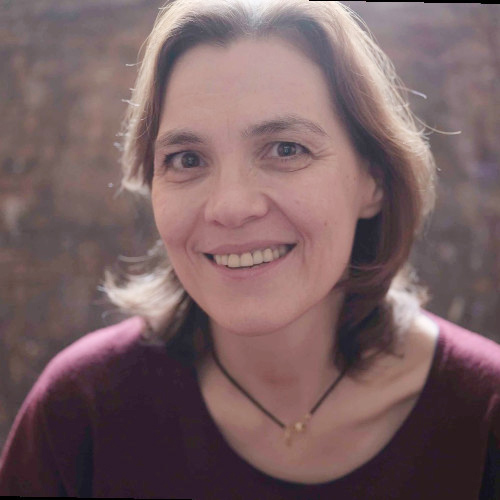Anne Houdusse Juillé, user of the PROXIMA 1, PROXIMA 2A and SWING beamlines since 2008, was elected to the Academy of Sciences in December 2019. She joins Dino Moras and Félix Rey (elected respectively in November 1999 and November 2010), also structural biologists and SOLEIL users since its inception.

Anne Houdusse is a CNRS Research Director, head of the Structural Motility group at the Cell Biology and Cancer Laboratory (CNRS/Institut Curie) at the Institut Curie in Paris.
Anne Houdusse Juillé is internationally renowned, notably through her work on myosins. These proteins are true "nanomotors", they have a directed force-production role in the cell. Myosins are crucial for many essential cellular events, such as the division and dynamic internal organization of the cell, its adherence and its motility. Numerous human pathologies are associated with the imbalance or loss of function of these molecular motors. A key example is hypertrophic cardiomyopathy disease, a genetic disease, responsible for acute heart failure, caused by mutations in the myosin gene of the heart muscle - and consequently changes in the myosin in question.
Through collaboration with the California-based company Cytokinetics, Anne Houdusse's research has led to the development of a drug, Omecamtiv mecarbil (publication #4), it specifically targets cardiac muscle cells: this drug acts on the myosin motor cycle (i.e. the succession of reactions involving myosins responsible for muscle contraction), which results in an increase in the production of force during cardiac muscle contraction. This promising treatment is currently undergoing a Phase III (1) clinical trial to study its efficacy and safety in patients with heart failure.
Anne Houdusse submitted her first project to SOLEIL, during the very first call for projects in 2007. Her first experiment, carried out in April-May 2008 on PROXIMA 1, examined myosin VI. Since then, Anne has submitted a project at each call for projects. Her team uses the PROXIMA 1, PROXIMA 2A and SWING beamlines very regularly through the BAG access (Block Allocation Group(2)), of which she is a member. She was a member of the former Peer review committee 6 "Life sciences/Health" from Feb 2007 to April 2010 then CP5 "Biology, Health" from November 2010 to November 2014.
-------------------------------------------------------
(1) phase III: drug clinical trials consist of 4 phases. The purpose of phase III is to compare the efficacy of the new drug to a placebo or reference drug, if available. Based on the results of the phase III trials, the laboratory may apply for marketing authorization, which will later permit the new drug to be marketed. The 4th and final phase consists of monitoring to identify any serious and/or unexpected side effects due to the administration of the drug.
(2) Block Allocation Group: is one of the beam time allocation modes for conducting experiments at SOLEIL (and in other synchrotrons). Several teams come together to submit a project proposal and then share the allocated beam time. BAGs are particularly well suited to structural biology, because the analysis of each sample is short, thereby optimizing beam times.
